Territorial integration, innovation in the blue economy sector «through more and better research», the sustainability of the natural resources of the Guadiana and surrounding area and the cross-border collaboration between Portugal and Spain were the themes highlighted at the festival “Blue Innovation and sustainability in the Guadiana Estuary”, which took place on the 15th and 16th of October, in the building of the Sapal de Castro Marim and Vila Real de Santo António Natural Reserve.
This initiative, which brought together Portuguese and Spanish actors from various sectors of society in the Algarve and Andalusia cross-border area, was carried out within the scope of the project ATLAZUL- Impulso da Aliança Litoral Atlântica for Blue Growth, supported by European funds, managed within the framework of the of Cooperation INTERREG- Spain and Portugal (POCTEP).
On the 15th, during the morning, «the current state of knowledge about the Eurocity area of Guadiana was presented and discussed», according to the University of Algarve.
In this session, «in addition to businessmen, politicians, technicians, students, professors and researchers from the Center for Marine Sciences (CCMAR), the Center for Marine and Environmental Research (CIMA) and the Center for Research in Tourism, Sustainability and Welfare (CINTURS) of the University of Algarve, representatives of the Portuguese Institute for the Sea and Atmosphere (IPMA), the Institute for Research and Agricultural and Fisheries Training (IFAPA), the Junta de Andalusia and the Andalusian Agricultural and Fisheries Management Agency were also present. (AGAPA), from the International Excellence Campus del Mar (CEI-MAR – Cadiz), from the Portuguese Environment Agency – ARH Algarve, among others».
On the same occasion, the scientific dissemination book, “Discovering the Guadiana River Estuary”, edited by Delminda Moura, Ana Gomes, Isabel Mendes and Jaime Aníbal, researchers at UAlg, was presented, as well as a collection of postcards with invasive species from this estuary of authored by artist and designer Sarita Camacho.
During the afternoon, the six business ideas or companies to be supported within the scope of the ideas/best practices competition “Inovação Atlazul no Guadiana”, organized by the Division of Entrepreneurship and Technology Transfer (CRIA) of the University of Algarve, under the responsibility of of its coordinator Hugo Barros.
On the 16th of October, after a walk through the Sapal de Venta Moinhos, guided by ICNF technicians, to observe birdlife and the restored area of the salt marsh, visits were made to the event's partner companies - Nautiber, Atlantikfish and Terras de Sal, together with the “Água Mãe” Salino Spa -, «example of good practices in the area of blue growth and sustainability in the Guadiana estuary area».
At the end of the morning, the winners of the ideas competition were announced, «with the following ideas being supported: “Traditional Castro Marim Salt Flats – biodiversity and blue carbon”, “AquaB-Pet”, “BlueZ C Institute”, “Easy Harvest” and “Soft Blue Guadiana”».
This day's lunch was prepared by the VRSA School of Hospitality and Tourism and introduced two emblematic invasive species of the Guadiana estuary: the American croaker and the blue crab.
The closing session was attended by the president of the Committee for Coordination and Regional Development of the Algarve (CCDR Algarve), José Apolinário, the mayor of Vila Real de Santo António, Álvaro Araújo, the vice-president of the Chamber of Castro Marim , Filomena Sintra, the director of the Regional Department for Nature Conservation and Biodiversity, Ana Margarida Magalhães, and the researcher responsible for the project at the University of Algarve, Alexandra Teodósio.
The event was also coordinated by the UAlg-CCMAR researchers João Pedro Encarnação and Inês Cerveira.
This event, under the responsibility of the University of the Algarve, had around 60 participants and was organized within the Co-management Committee of the Sapal de Castro Marim and Vila Real de Santo António Reserve. In addition to the municipalities involved, it also had the support of the Instituto da Conservação da Natureza e das Florestas (ICNF), the Intermunicipal Community of the Algarve (AMAL), Turismo de Portugal through the VRSA Hotel and Tourism School, various local associations, such as the Salgados de Castro Marim Association, 'Pedaços de Mar' and the Odiana Association.
Photos: João Encarnação/UAlg
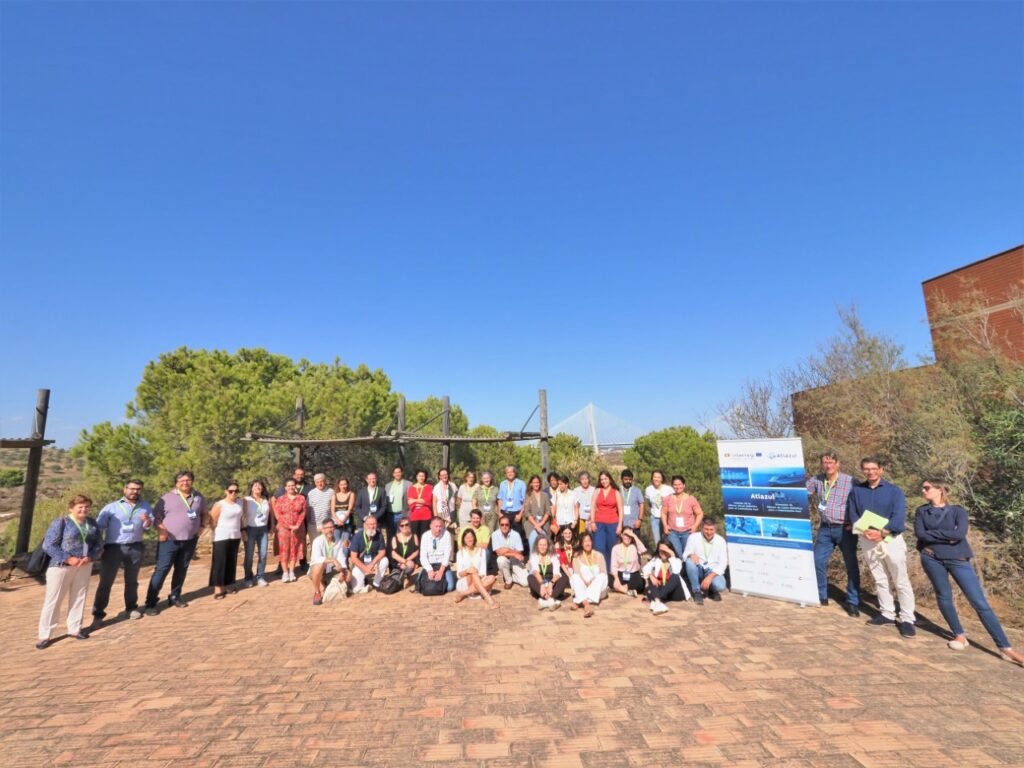
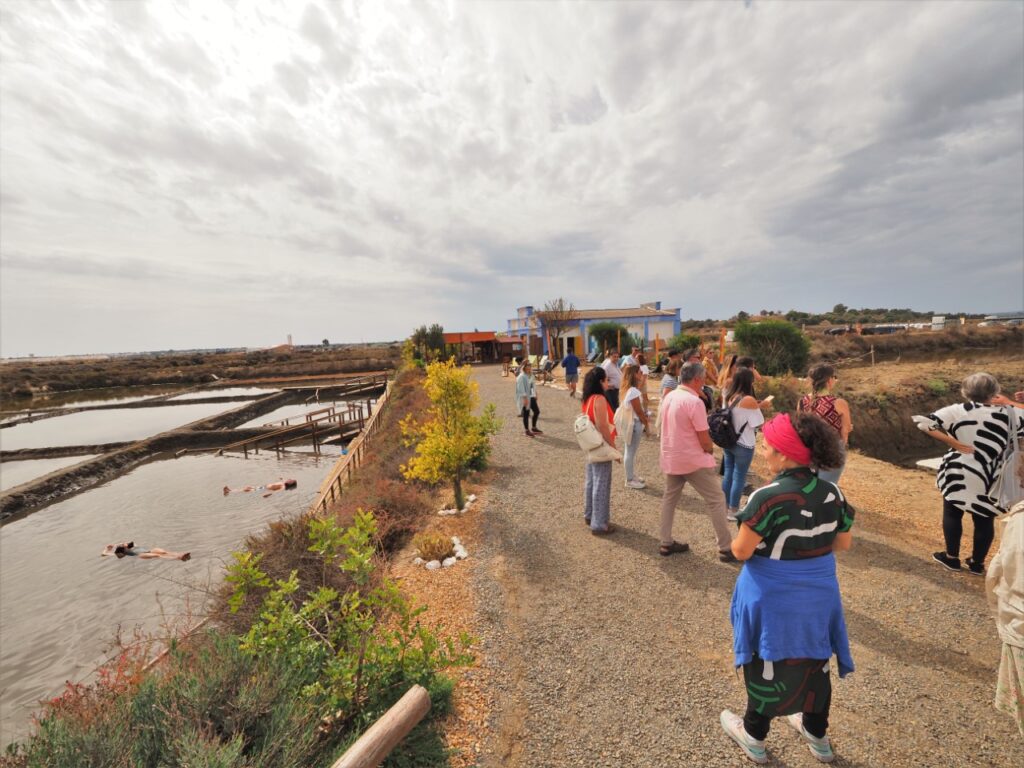
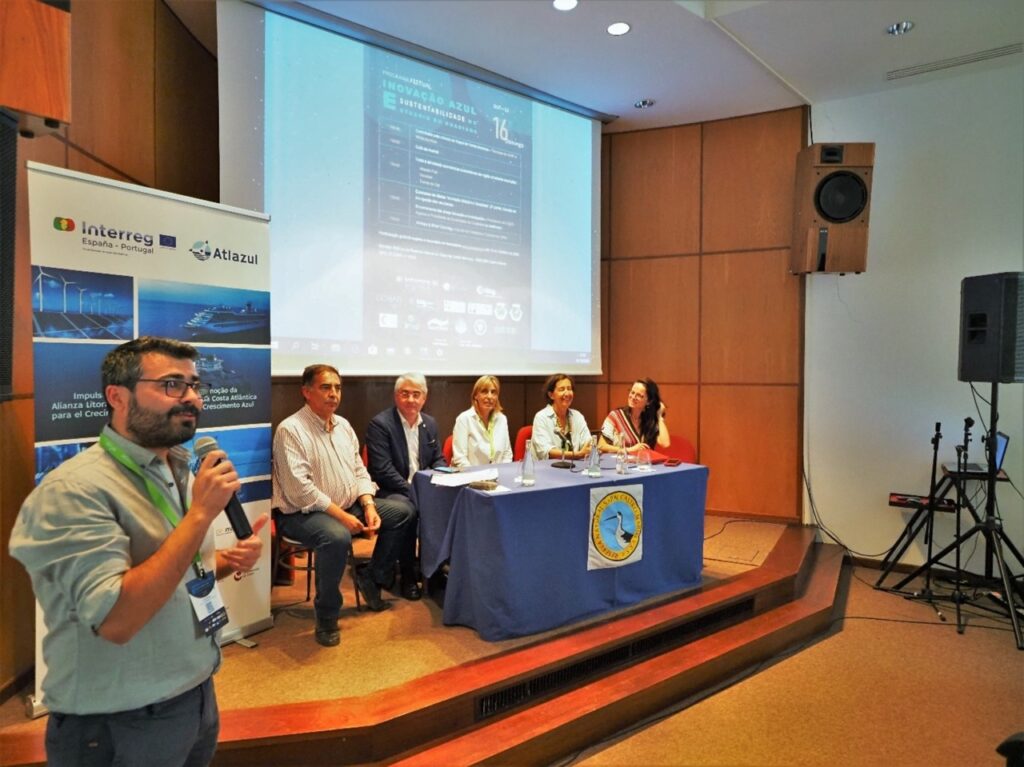
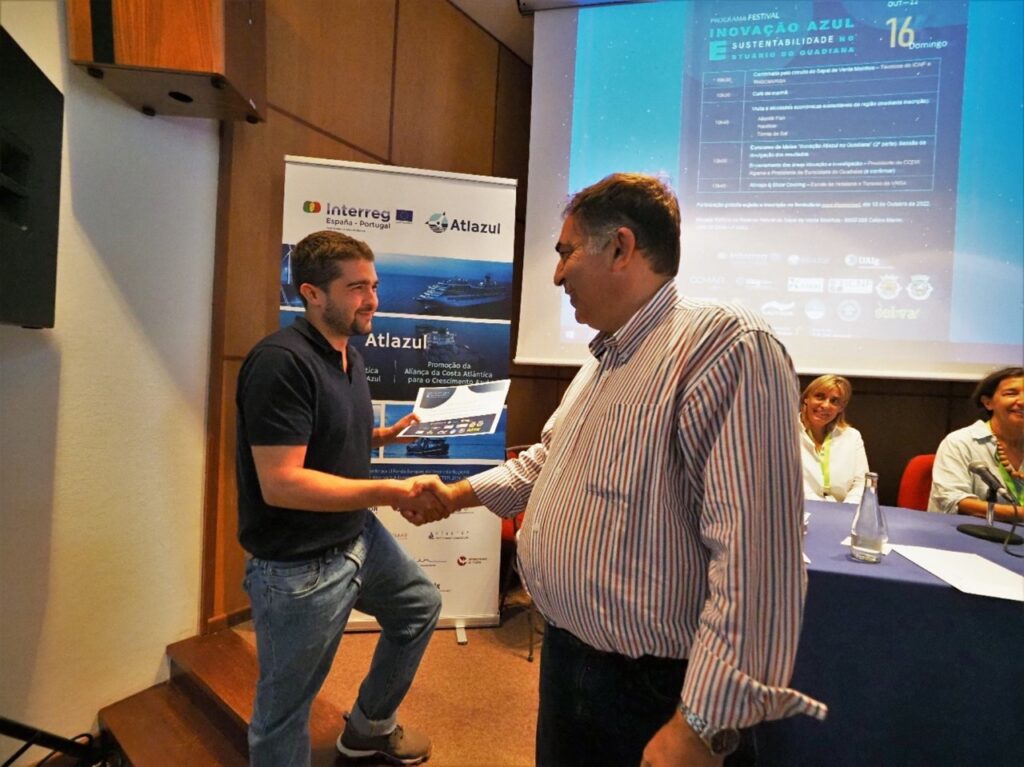
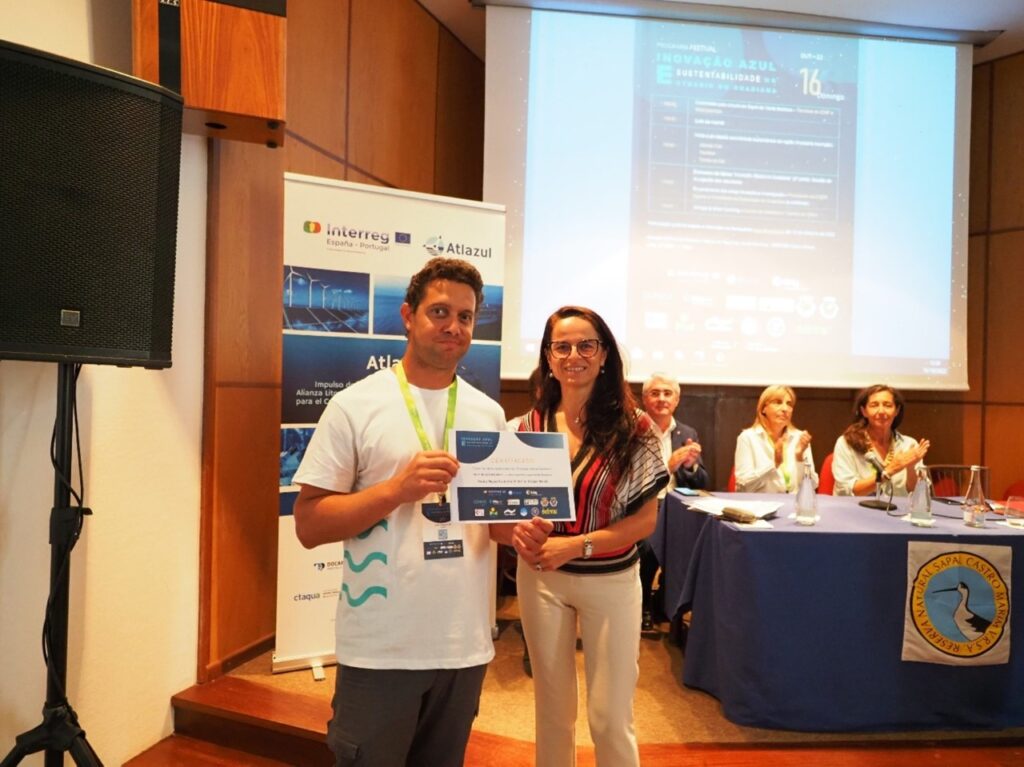
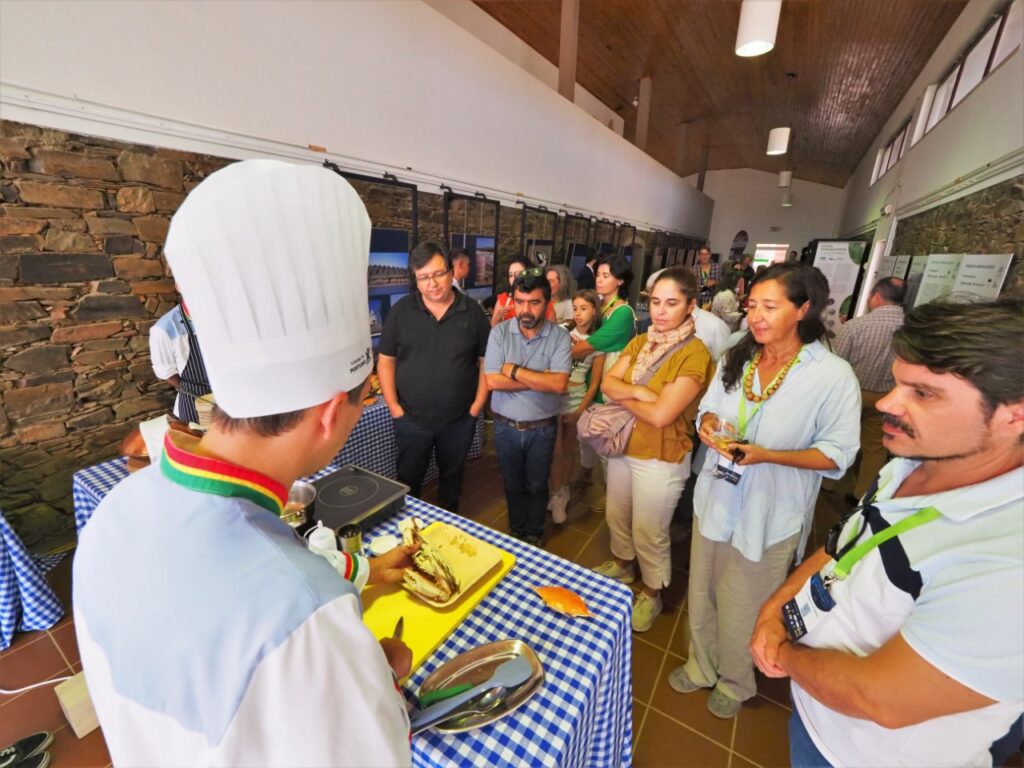
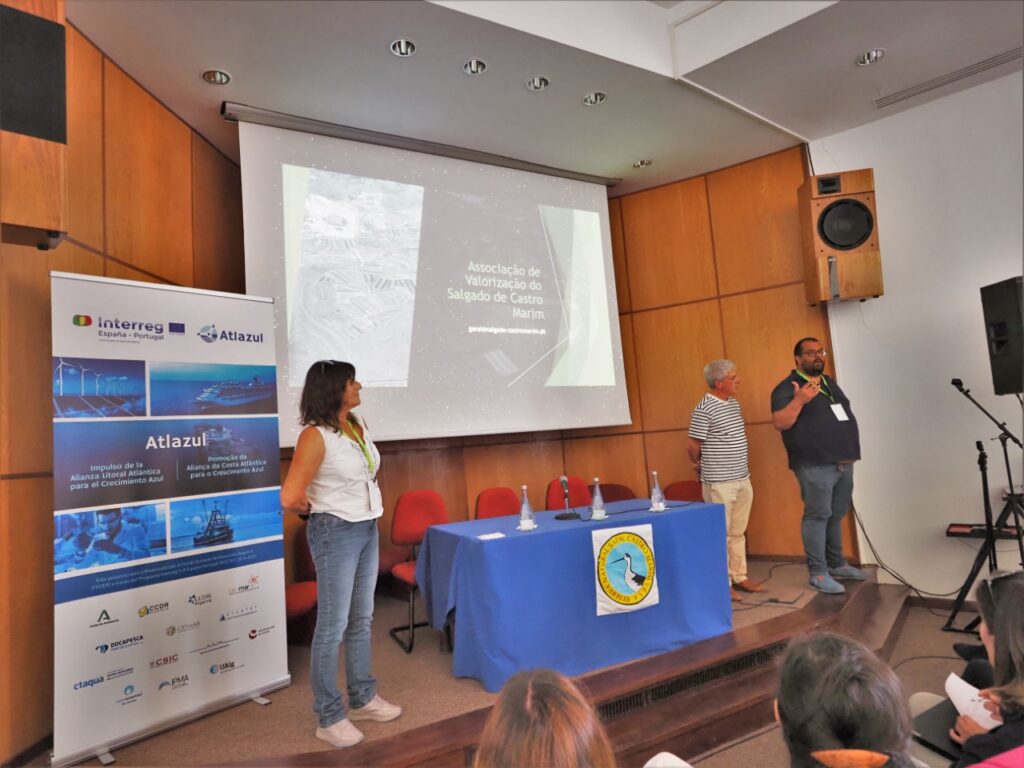
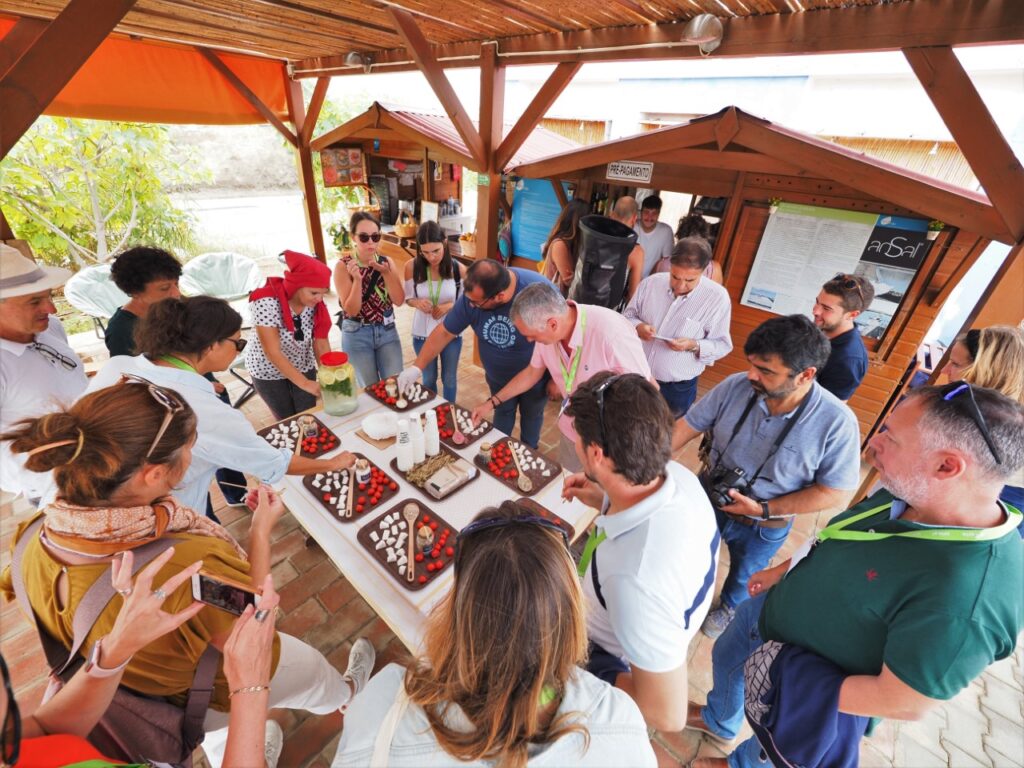
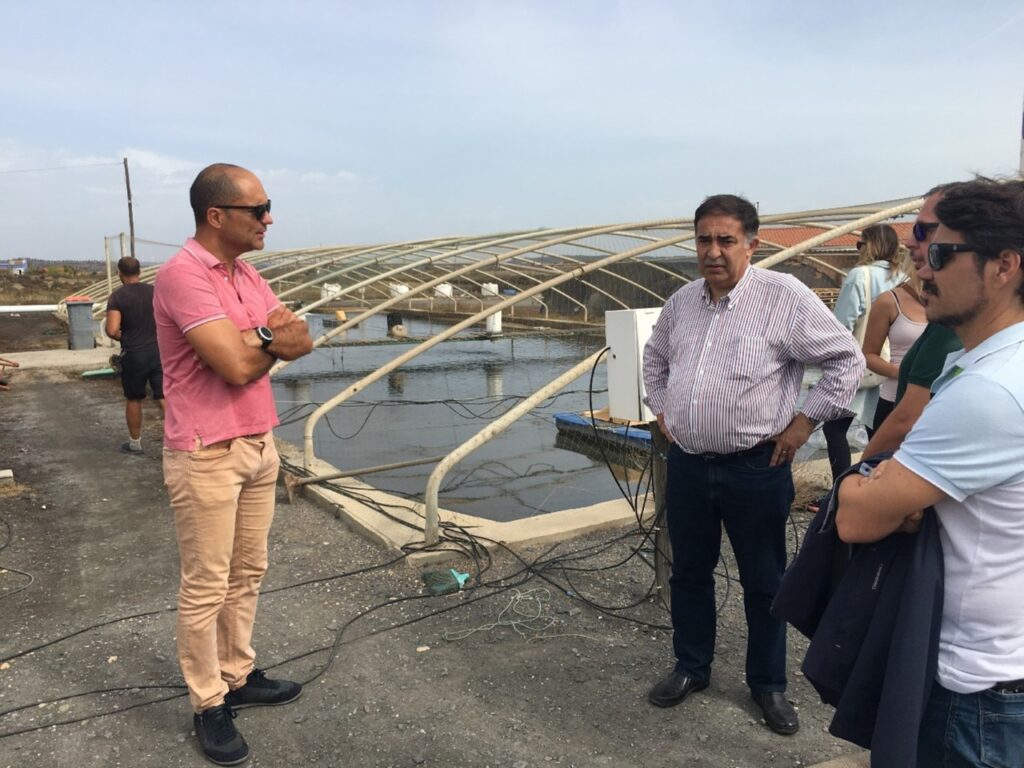
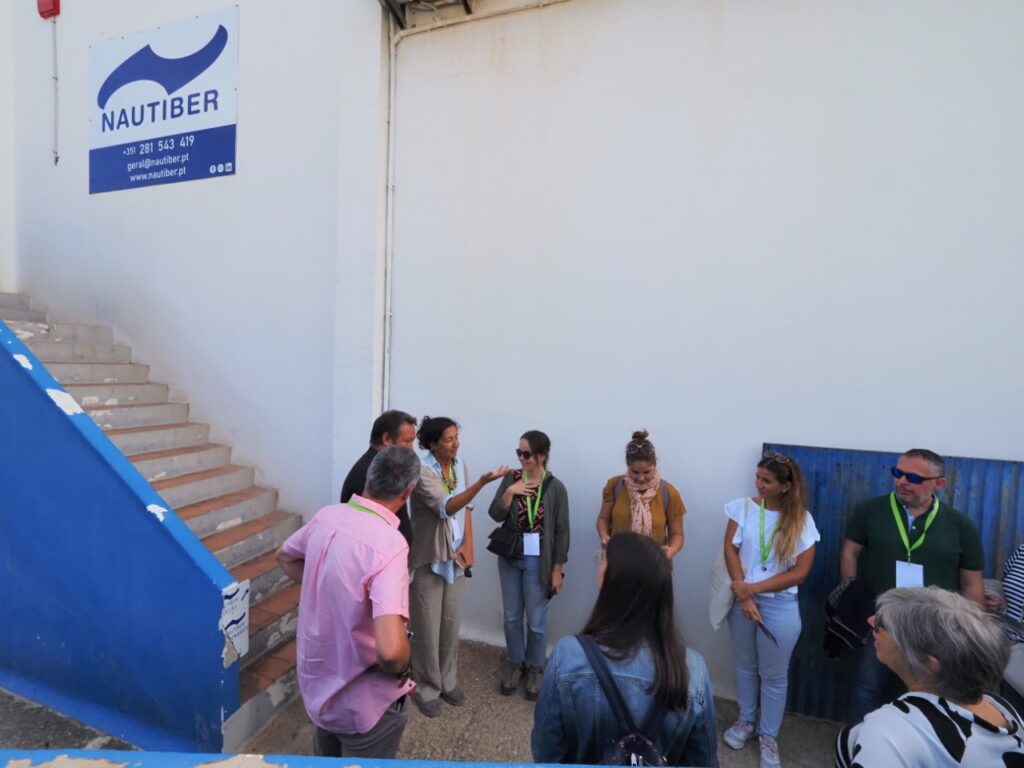
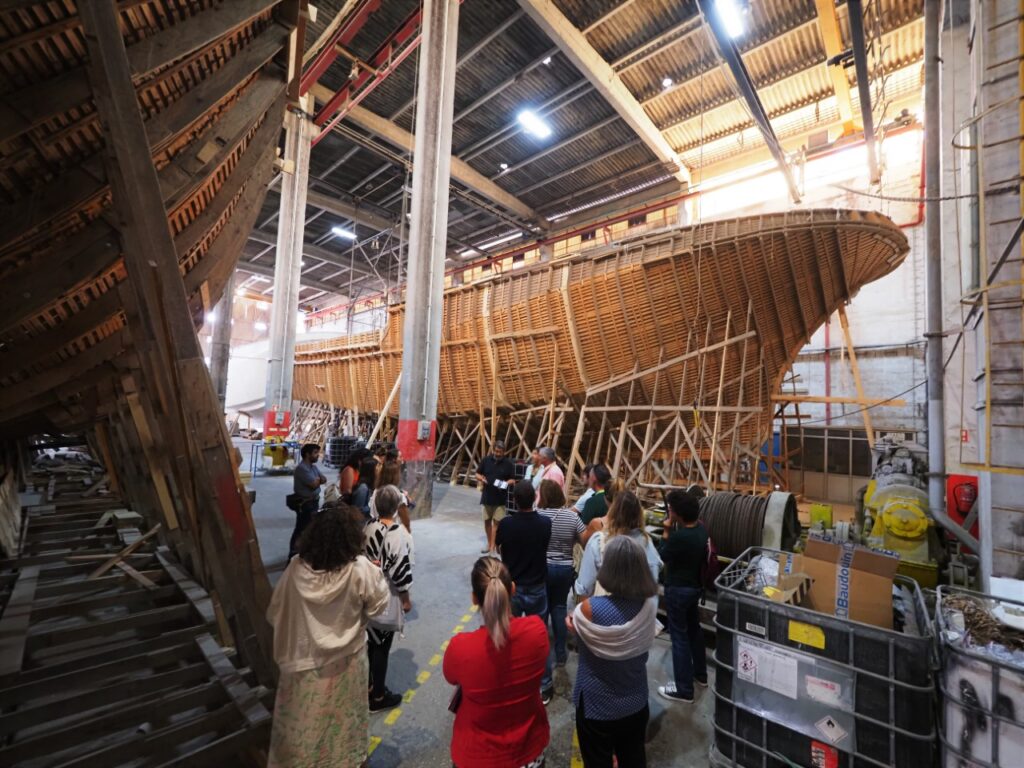
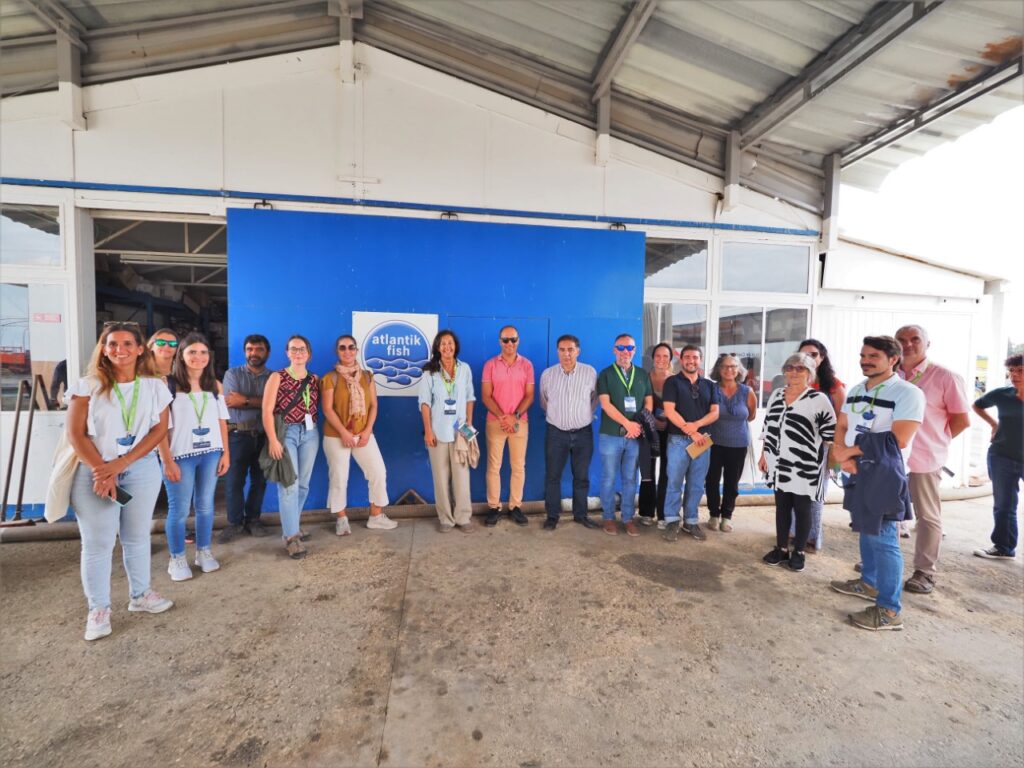
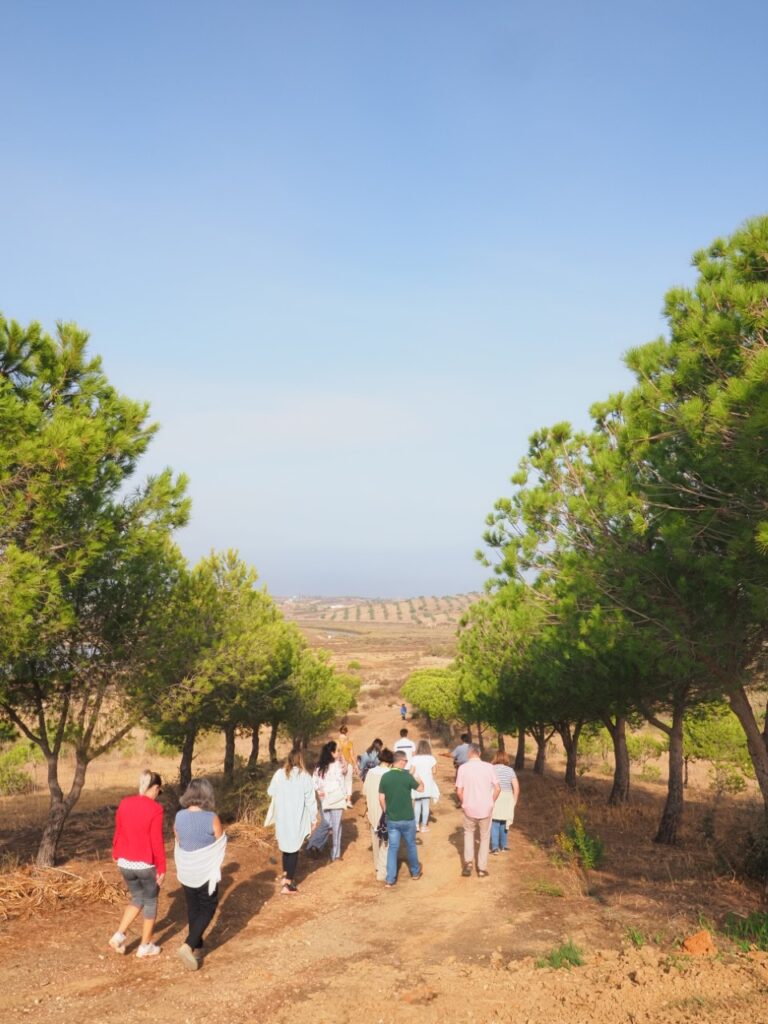
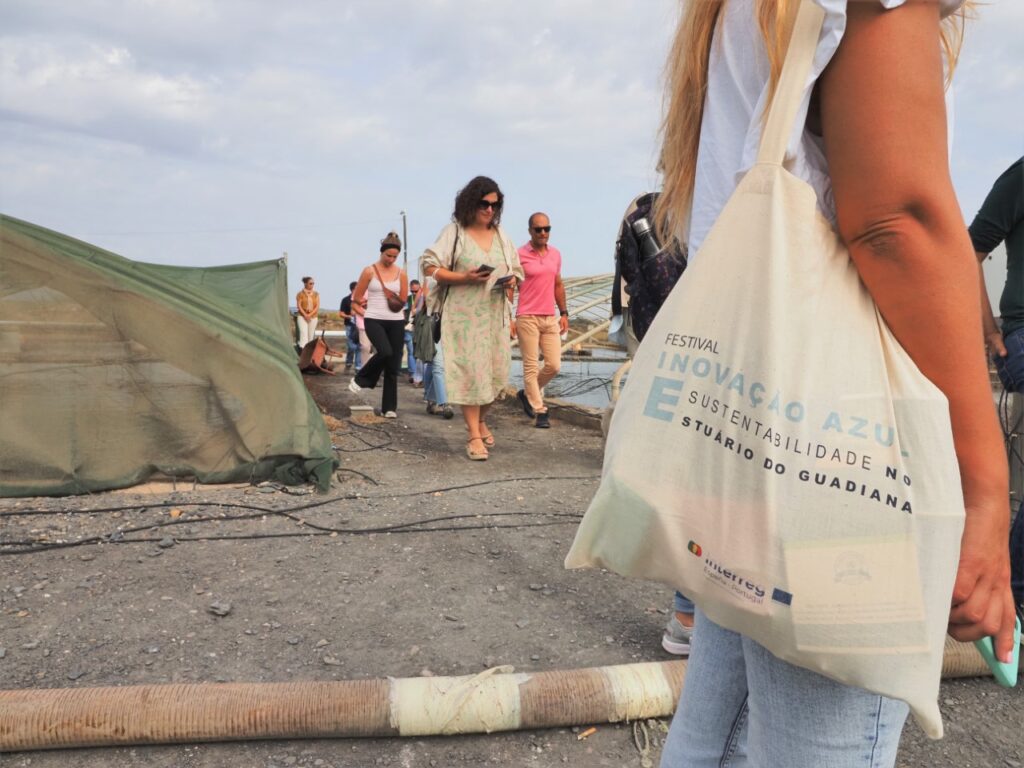
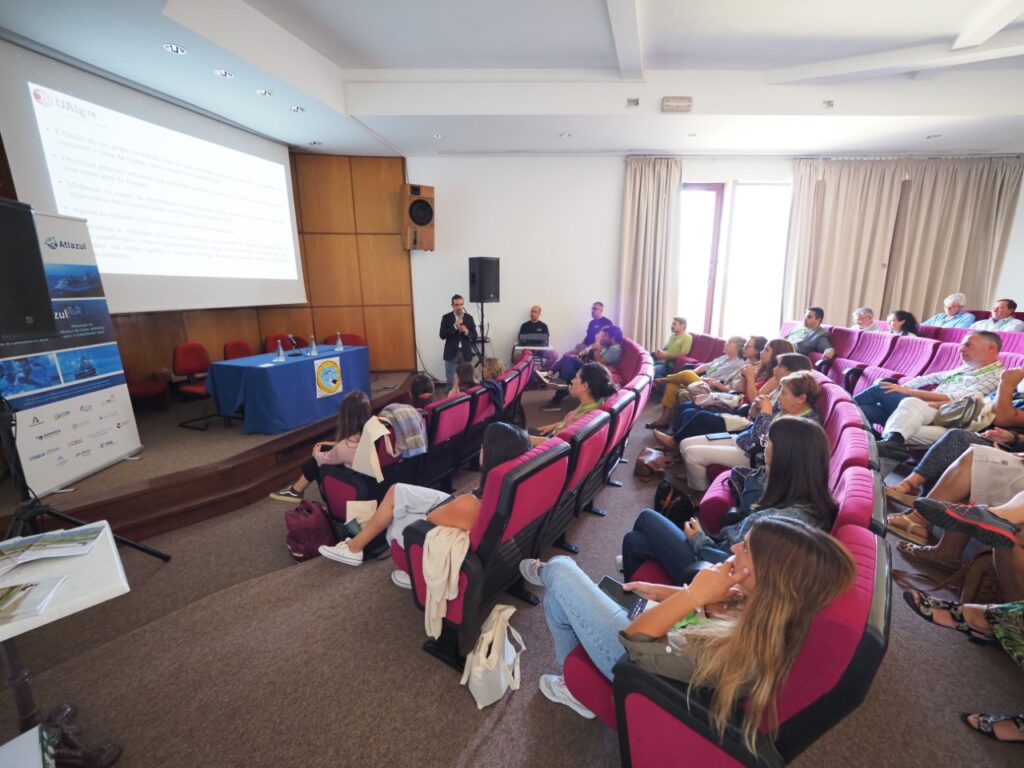

















Comments